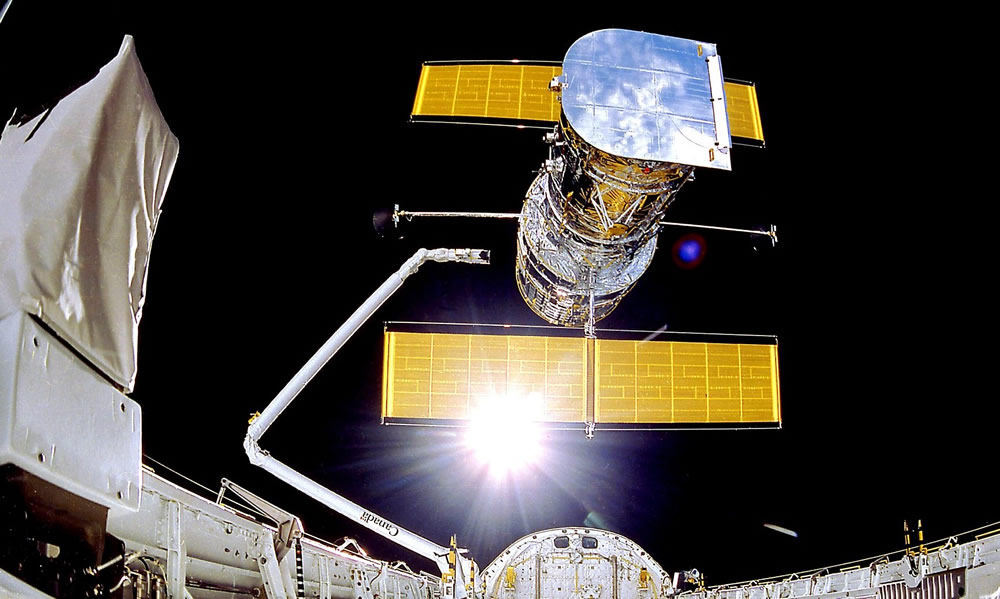
This image, taken with the Atacama Large Millimeter/submillimeter Array (ALMA), in which ESO is a partner, shows the PDS 70 system, located nearly 400 light-years away and still in the process of being formed. The system features a star at its centre and at least two planets orbiting it, PDS 70b (not visible in the image) and PDS 70c, surrounded by a circumplanetary disc (the dot to the right of the star). The planets have carved a cavity in the circumstellar disc (the ring-like structure that dominates the image) as they gobbled up material from the disc itself, growing in size. It was during this process that PDS 70c acquired its own circumplanetary disc, which contributes to the growth of the planet and where moons can form.
Utilizando el Atacama Large Millimetre/submillimeter Array (ALMA), del que el Observatorio Europeo Austral (ESO) es socio, la comunidad astronómica ha detectado inequívocamente, y por primera vez, la presencia de un…










